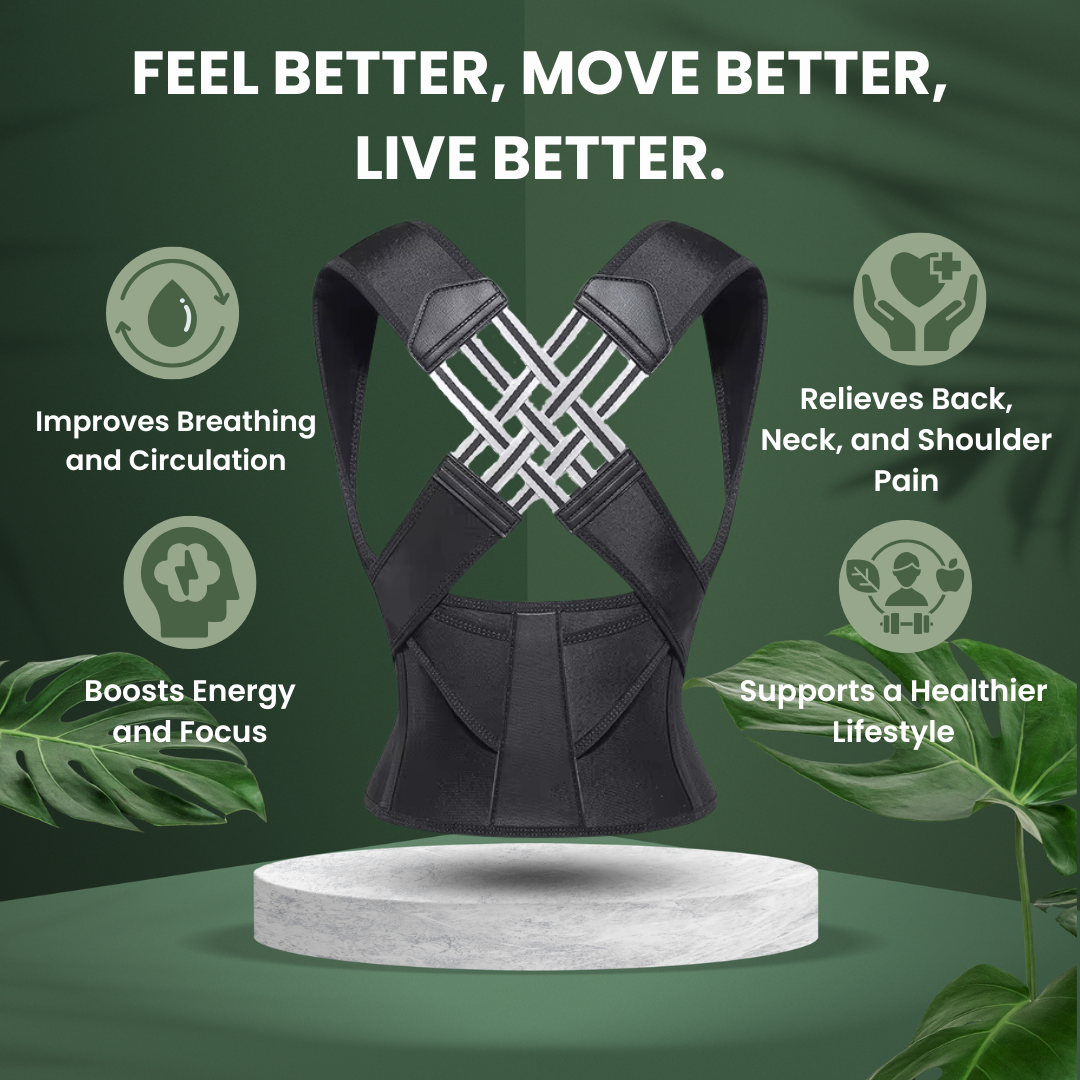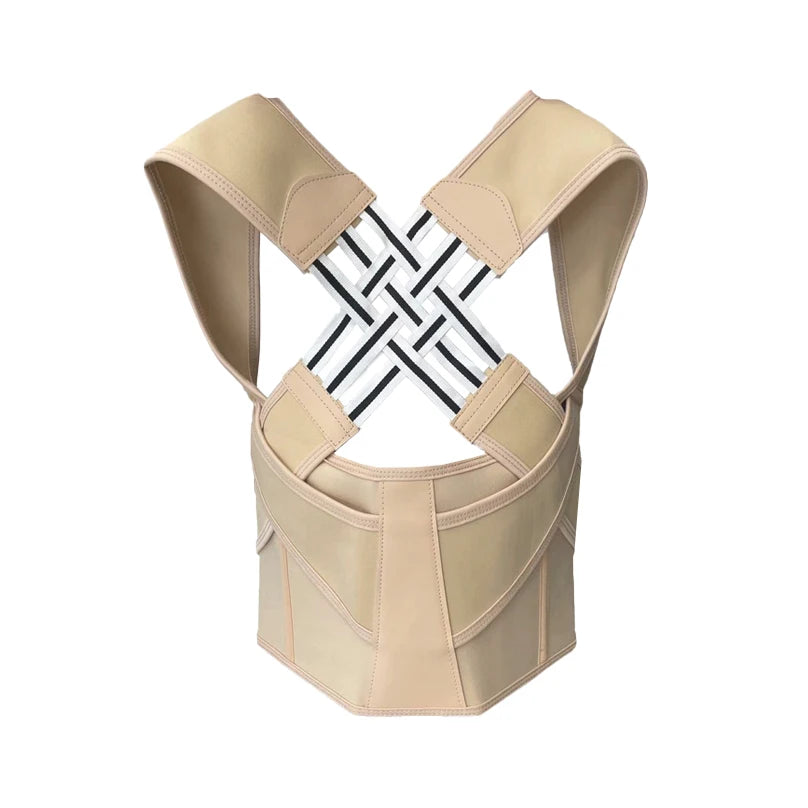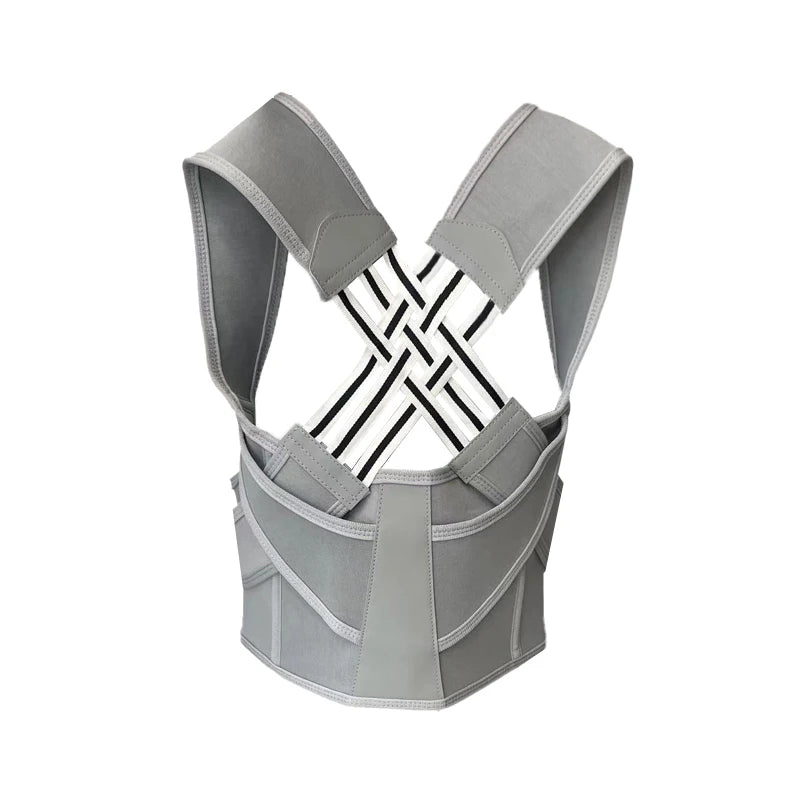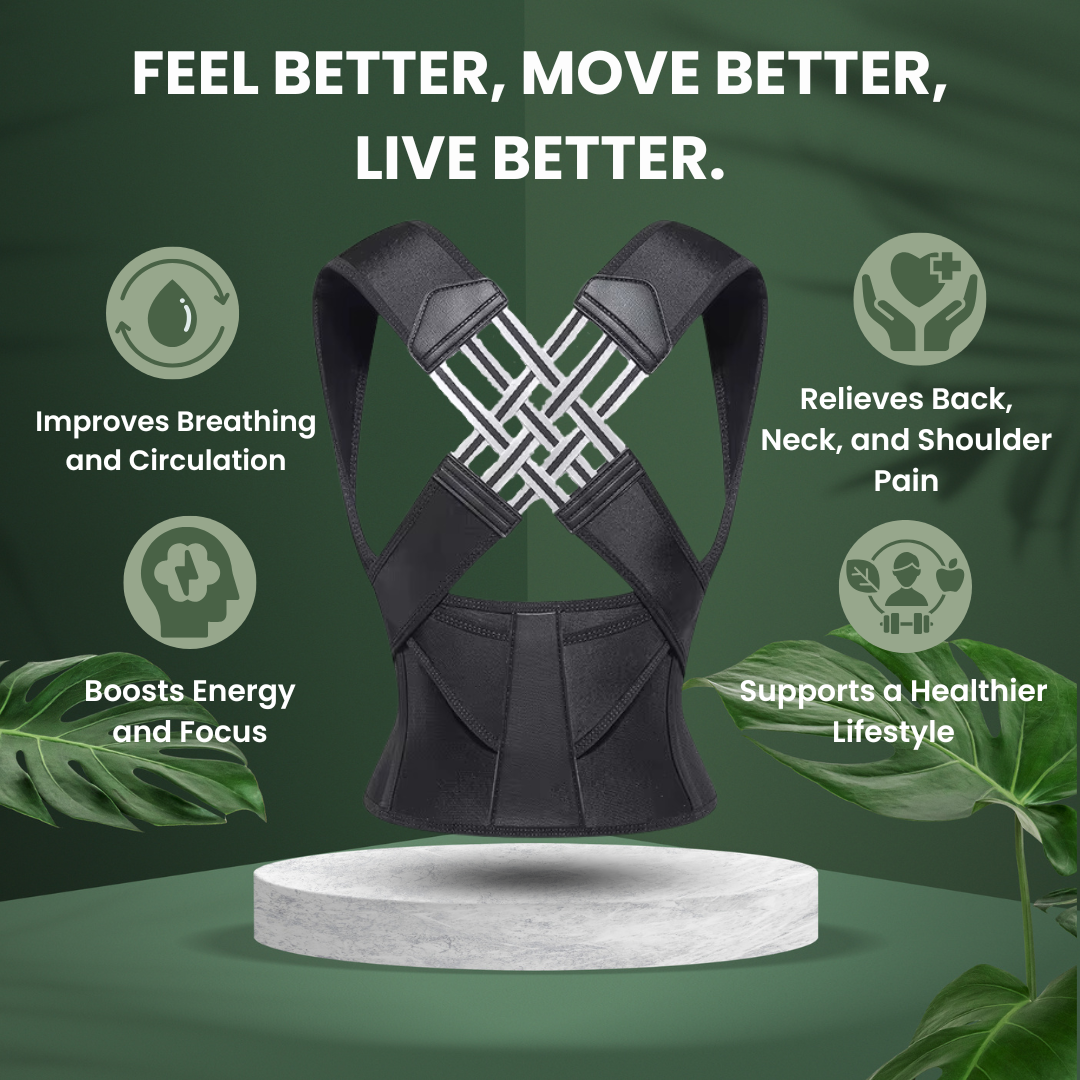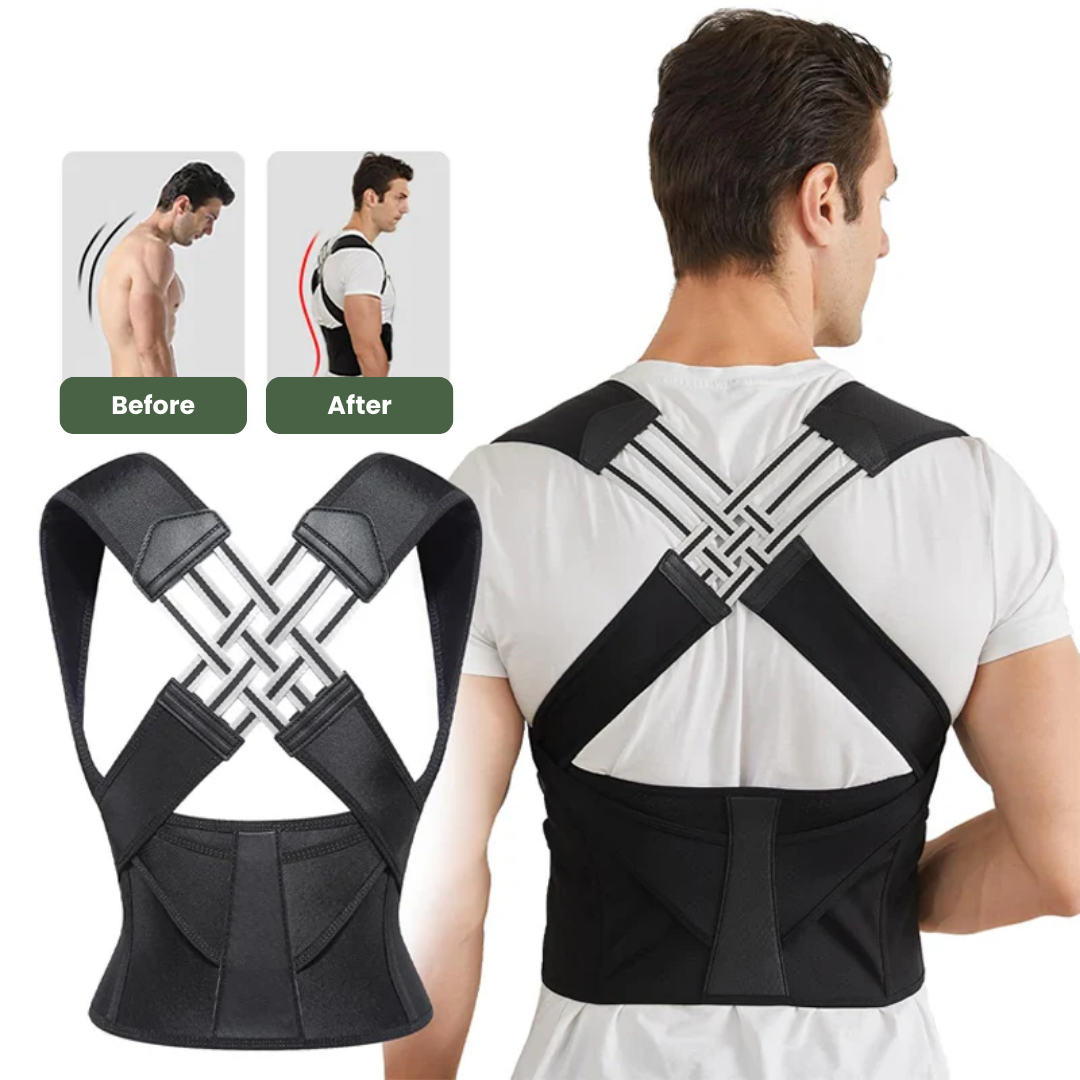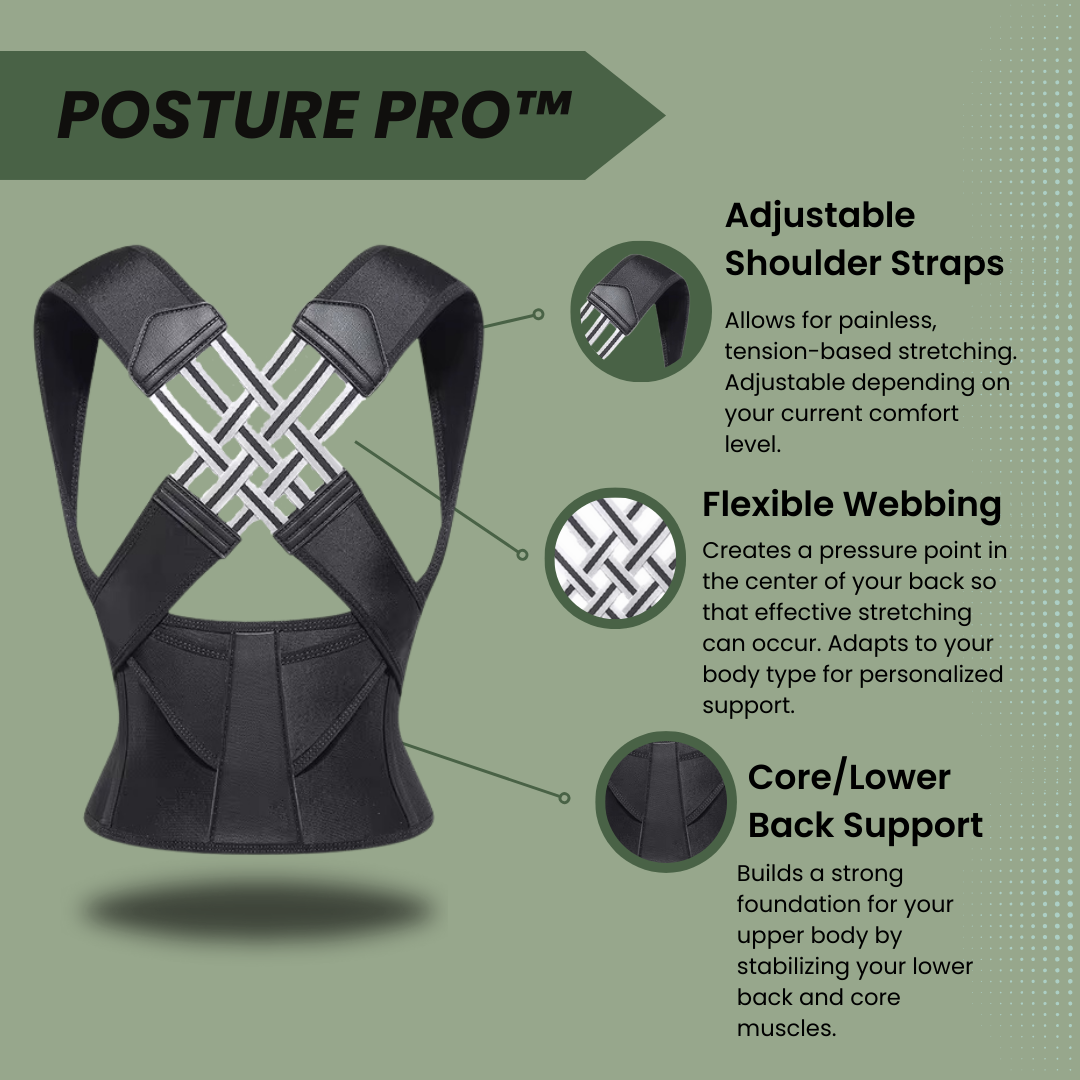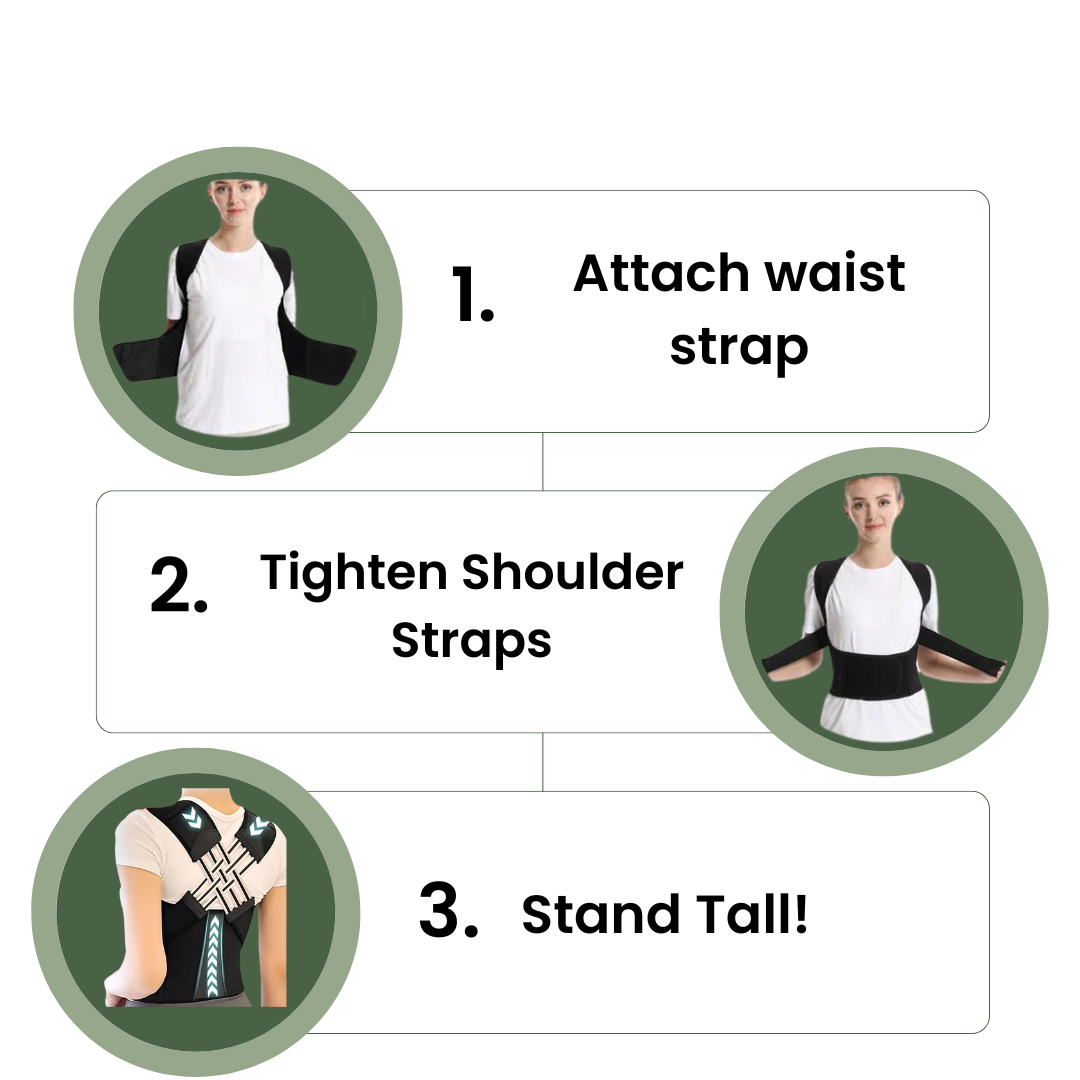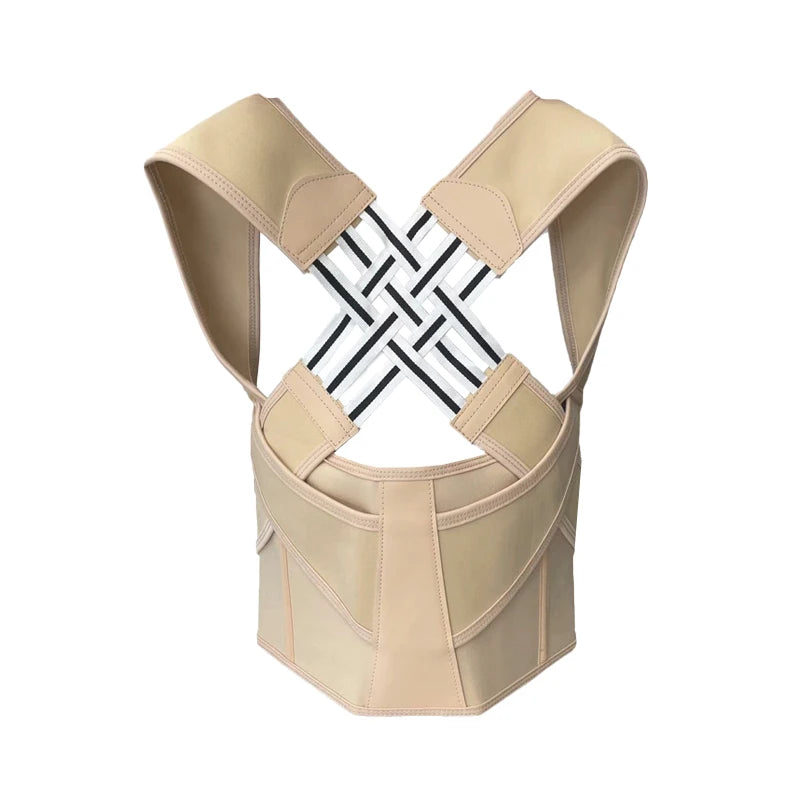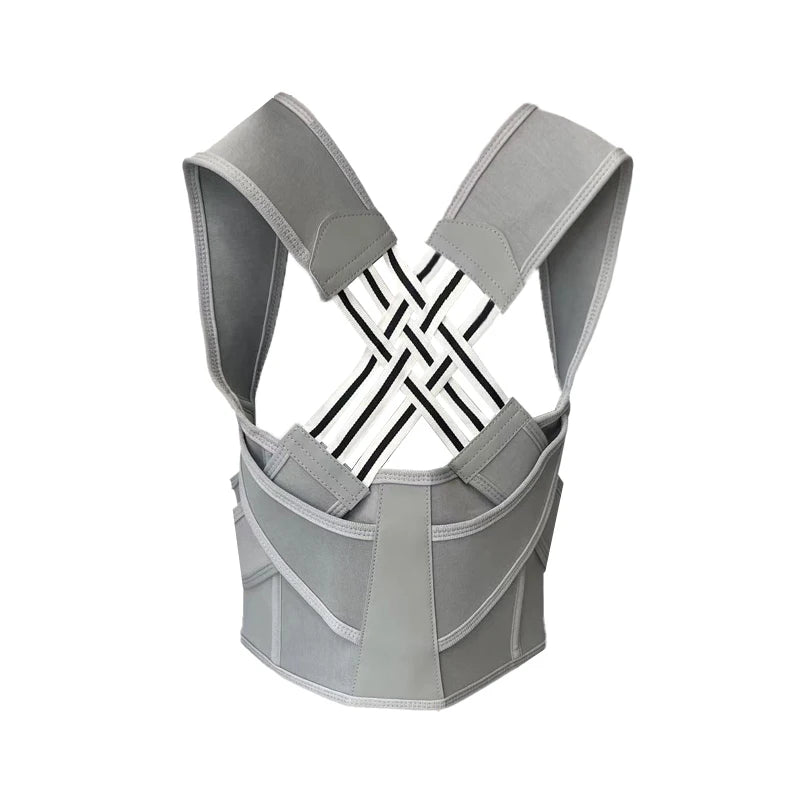Dealing with plantar fasciitis can make walking painful. Calf stretches and exercises like the towel stretch offer hope. This article guides you through effective stretching for plantar fasciitis relief.
Find your step again.
Key Takeaways
- Stretching exercises like calf stretches, towel scrunches, and toe curls can reduce pain from plantar fasciitis by improving flexibility and strengthening foot muscles.
- Incorporating both stretching and strengthening exercises into your daily routine can significantly enhance relief for plantar fasciitis sufferers, as shown by research.
- Using proper form during exercises is essential to prevent further injury and increase the effectiveness of each movement for plantar fasciitis relief.
- Alternatives such as ice massage, shoe inserts, and physical therapy offer additional support alongside exercises for managing plantar fasciitis symptoms effectively.
Understanding Plantar Fasciitis
Plantar fasciitis causes pain in the heel and bottom of the foot. It happens when the thick band of tissue connecting your heel to your toes gets inflamed or irritated.
Causes
Plantar fasciitis develops from various causes. Overuse of the plantar fascia, a thick band of tissue in the foot, leads to inflammation and pain. Activities that put stress on the heel contribute significantly to this condition.
Tight calf muscles also play a role by limiting flexibility. Flat feet or high arches can increase strain on the plantar fascia.
Certain risk factors heighten your chances of developing this painful condition. Age is one factor; individuals aged 40-60 are more prone to issues with their feet. Being overweight adds extra pressure to the heels and arches, worsening symptoms.
Occupations that require long hours of standing may also lead to discomfort and heel pain.
Strengthening stretches for plantar fasciitis can help prevent further injury.
Risk factors
Several factors increase the risk of developing plantar fasciitis. Age plays a role; people over 40 face higher chances. Obesity also raises stress on the feet, contributing to foot pain.
Certain occupations that require long periods of standing can lead to discomfort as well. Athletes often experience this condition due to repetitive impact during activities like running or jumping.
Flat feet and high arches create imbalances in weight distribution, which may contribute to plantar fasciitis symptoms. Wearing inappropriate footwear can worsen these issues, leading to more pain.
Engaging in heel pain relief exercises is essential for those at risk, as it helps alleviate discomfort and strengthens the muscles around the foot structure.
Benefits of Exercise for Plantar Fasciitis Relief
Exercise offers significant advantages for those suffering from plantar fasciitis. It reduces pain, improves flexibility, and strengthens the muscles in your feet.
Reduces pain and discomfort
Exercises to alleviate foot pain can significantly reduce discomfort for those dealing with plantar fasciitis. Calf stretches, both seated and standing, effectively relieve tension from the calves and plantar fascia.
Simple movements like towel curls enhance flexibility in muscles and tendons that affect heel pain. Research shows that stretching programs greatly lower pain levels and improve walking ability for individuals facing this condition.
Holding each stretch for at least 30 seconds allows the body to relax. Aim to perform one or two repetitions of these stretches two to three times a day for maximum relief. Avoid bouncing during your routines, as this can cause further injury.
Engaging regularly in these effective plantar fasciitis relief exercises leads to better foot health overall.
Improves flexibility and range of motion
Stretching for plantar fasciitis relief significantly improves flexibility and range of motion. The calf stretch, both seated and standing, effectively targets the calves and plantar fascia.
This stretch can help alleviate pain caused by tight muscles. Holding each stretch for at least 30 seconds increases its effectiveness. Research shows that these exercises significantly reduce pain in people with plantar fasciitis.
Towel stretches enhance flexibility in the plantar fascia and calf muscles. These stretches are particularly useful for easing morning heel pain. Regular stretching helps maintain mobility in your feet.
Incorporating foot stretches into your daily routine can provide lasting benefits, making it easier to move without discomfort.
Strengthens muscles
Strengthening muscles plays a crucial role in relieving plantar fasciitis pain. Exercises such as toe curls and marble pickups effectively work the small muscles in your feet. Research shows that both strengthening and stretching exercise programs can greatly reduce pain and improve walking for people with plantar fasciitis.
The calf stretch proves especially effective for strengthening the calves, which support the achy heel area. Regularly performing these exercises not only helps alleviate foot pain but also enhances overall stability, making daily activities easier to manage.
Aim to incorporate these movements into your routine for better muscle strength and relief from discomfort associated with this condition.
Best Stretches and Exercises for Plantar Fasciitis Relief

For effective pain relief, specific stretches and exercises can significantly improve your condition. These movements target the muscles in your feet and calves, promoting better flexibility and support to ease discomfort.
Calf Stretch (seated and standing)
Calf stretches, both seated and standing, provide excellent relief for plantar fasciitis pain. These exercises strengthen and lengthen the calf muscles, reducing discomfort in the foot.
- The gastrocnemius stretch can be done anywhere with a wall. Stand facing the wall, place your hands on it, and step one foot back while keeping it straight. Bend your front knee until you feel a stretch in your back leg's calf. Hold for at least 30 seconds for effective results.
- Seated calf stretches are simple yet effective. Sit on the floor with your legs extended in front of you. Loop a towel around the ball of one foot and gently pull the towel towards you while keeping your knee straight. Hold this position for 30 seconds to improve flexibility.
- Performing these calf stretches two or three times daily can significantly help alleviate morning heel pain caused by plantar fasciitis. Consistent practice leads to better flexibility and strength over time.
- Avoid bouncing during these stretches to prevent injury and enhance effectiveness. Proper form is crucial to gain optimal benefits from these exercises.
- Research indicates that incorporating both strengthening and stretching exercise programs greatly reduces pain levels in people with plantar fasciitis. Integrating these exercises into daily routines can foster long-term healing.
- Pain relief from calf stretches comes from actively engaging the calves and plantar fascia muscles while maintaining proper alignment during each stretch.
- Combining seated and standing calf stretches offers a comprehensive approach to treating plantar fasciitis pain effectively.
- Keep track of your progress as you perform these stretches consistently throughout the week; increased flexibility is a sign of improvement in managing foot pain over time.
- These exercises contribute to overall foot health by preventing future injuries linked to tight calf muscles that impact the plantar fascia.
- Practicing these stretching exercises regularly creates an opportunity for improved mobility, helping individuals regain comfort while walking or standing throughout their day.
Towel Scrunch
The Towel Scrunch is an effective exercise for alleviating plantar fasciitis pain. This simple action helps strengthen the muscles in your feet and enhances flexibility.
- Sit on a chair with your feet flat on the floor. Place a towel under your feet, ensuring that one end hangs off the front of the chair.
- Grasp the hanging end of the towel with your toes. Pull the towel toward you as you scrunch it up with your toes.
- Focus on using only your toes to pull the towel. Avoid using your hands during this stretch.
- Continue scrunching the towel for about 30 seconds. Repeat this action two or three times throughout the day.
- Perform Towel Scrunches regularly to reduce pain and discomfort in your feet. Strengthening exercises like this can significantly improve conditions associated with plantar fasciitis.
- Incorporate this stretch into your routine, especially if you suffer from heel pain each morning.
- Combine this exercise with other stretches, such as toe curls and calf stretches, to maximize relief from plantar fasciitis.
- Maintain proper form while performing Towel Scrunches to prevent further injury and effectively target the right muscles.
- Research shows that stretching exercises can help reduce pain significantly and improve mobility for those affected by plantar fasciitis.
- Consider doing these stretches at home for easy access to foot pain relief when needed.
Using Towel Scrunches will contribute to better foot health and enhance your overall recovery process from plantar fasciitis pain.
Tennis Ball Roll
Tennis Ball Roll provides soothing relief from plantar fasciitis pain. This simple technique uses a common household item to massage your feet.
- Sit on a chair with one foot flat on the floor. Place a tennis ball under your arch for support.
- Gently roll the tennis ball back and forth beneath your foot. Apply moderate pressure to target sore spots.
- Shift the ball to different areas of your foot as you roll it. Explore various angles to cover the entire arch and heel.
- Spend about 1-2 minutes rolling each foot. Focus on any tender areas to enhance pain relief.
- Aim for consistent daily practice, especially in the morning or after long periods of standing or walking.
- Incorporate this exercise into your routine alongside calf stretches for plantar fasciitis relief.
- Avoid bouncing while rolling; maintain steady pressure instead for better results.
- Combine this technique with towel stretches and marble pickups for comprehensive foot care routines.
- Regular use can improve flexibility in the plantar fascia and reduce discomfort over time.
- Tennis Ball Roll is an effective option among other exercises to alleviate pain associated with plantar fasciitis.
Toe Stretch
The toe stretch targets the muscles in your foot and can relieve plantar fasciitis pain. This exercise enhances flexibilityand helps with overall foot health.
- Sit comfortably on a chair with your feet flat on the floor. Keep your back straight while ensuring proper posture.
- Lift one foot off the ground. Use your hand to grab your toes gently.
- Pull your toes backward towards your ankle slowly. Hold this position for at least 30 seconds.
- Feel the stretch in the arch of your foot and calf muscles during this hold. Focus on breathing steadily as you maintain the position.
- Release your toes gradually and return them to their original position. Repeat this step two or three times for that foot.
- Switch to the other foot and repeat all steps carefully. Ensure you also hold each stretch for 30 seconds or more.
- Incorporating toe stretches into your daily routine can improve flexibility in both the plantar fascia and calf muscles effectively.
- Regularly performing these exercises helps alleviate morning heel pain associated with plantar fasciitis.
- Avoid bouncing while holding this stretch to prevent further injury and maximize effectiveness, as well as maintaining proper form throughout.
Toe stretches are a simple yet powerful way to find relief from plantar fasciitis discomfort while improving overall flexibility in the feet and ankles.
Toe Curls
Toe curls provide an effective way to strengthen the muscles in your feet. This exercise can help alleviate painassociated with plantar fasciitis.
- Sit on a chair with your feet flat on the floor. Keep your toes relaxed.
- Slowly curl your toes inward towards the sole of your foot. Focus on using only your toes, not your whole foot.
- Hold this position for a few seconds. Squeeze tightly to engage the muscles.
- Release and return to the starting position. Allow your toes to relax fully.
- Repeat this curling motion 10 to 15 times for each foot. Perform one to two sets for effective results.
- Incorporate toe curls into your daily routine. These exercises can fit easily into any schedule.
- You can also use a towel or small object underfoot for added resistance while performing toe curls.
- Avoid rushing through the exercise; maintain slow and controlled movements throughout the process.
- Consistent practice will help strengthen foot muscles, providing ongoing plantar fasciitis relief.
- Pair toe curls with calf stretches for optimal results in managing heel pain related to plantar fasciitis exercises.
These techniques offer valuable support as part of a comprehensive plan for pain management and recovery from plantar fasciitis challenges.
Precautions and Tips for Stretching with Plantar Fasciitis
Start slowly when stretching for plantar fasciitis. Pay attention to any discomfort and adjust your movements accordingly.
Start slowly
Starting slow is crucial when stretching for plantar fasciitis relief. Your body needs time to adjust to new movements. Begin with gentle stretches, like the calf stretch, both seated and standing.
Hold each stretch for at least 30 seconds. Aim for one or two repetitions two to three times a day.
Avoid pushing yourself too hard in the beginning. Overdoing it can increase pain and discomfort instead of alleviating it. Focus on proper form during exercises to prevent further injury.
Incorporate towel stretches and toe curls gradually into your routine as you gain flexibility and strength over time.
Listen to your body
Listening to your body is crucial when stretching for plantar fasciitis relief. Pay attention to any pain or discomfort during exercises. If a stretch feels too intense, ease up and modify the movement.
Avoid bouncing while stretching. This can lead to further injury and complications.
Hold each stretch for at least 30 seconds and repeat one or two times daily. Exercises like calf stretches and towel stretches can provide effective pain relief for plantar fasciitis.
Always use proper form in all movements to maximize benefits without risking additional harm. Know your limits, as pushing through pain may worsen symptoms instead of alleviating them with exercises for heel pain or foot stretches for relief.
Use proper form
Using proper form is essential when performing exercises for plantar fasciitis relief. Poor form can lead to further injury or increased pain. Focus on keeping your body aligned and your movements controlled during each stretch.
For calf stretches, stand with one foot behind the other and keep both heels on the ground while bending your front knee. Avoid bouncing, as this can strain your muscles.
Holding each stretch for at least 30 seconds helps enhance flexibility in the plantar fascia and calf muscles. This practice also promotes effectiveness in home exercises for plantar fasciitis, like towel stretches and toe curls.
Always prioritize correct posture throughout these routines to maximize pain relief benefits while preventing additional discomfort.
Follow doctor's orders
Consult your doctor before starting any exercise program for plantar fasciitis. Following doctor's orders ensures safety and effectiveness. Your doctor might recommend specific stretches, such as the calf stretch or towel stretch for heel pain.
Proper guidance can enhance recovery and help avoid further injury.
Stick with professional advice on the frequency and duration of exercises. Hold each stretch for at least 30 seconds and repeat it two to three times daily. This approach greatly reduces pain and improves walking in people with plantar fasciitis.
Trusting medical recommendations supports not just healing but also long-term foot health.
Alternatives to stretching (shoe inserts, ice massage, etc.)
Many people seek relief from plantar fasciitis through various methods. Alternatives to stretching can provide additional support and pain management.
- Shoe inserts help support the arch of the foot. They reduce strain on the plantar fascia. Custom or over-the-counter options exist for different needs.
- Ice massage offers cooling relief for inflammation. Apply ice to the affected area for 15-20 minutes at a time. This method reduces swelling and alleviates pain.
- Towel scrunches strengthen the muscles in your feet. Use a small towel on a flat surface and scrunch it toward you with your toes. This exercise targets the plantar fascia effectively.
- Marble pickups enhance dexterity in your toes and feet. Place marbles on the floor, then pick them up one by one using your toes. This simple task strengthens foot muscles while improving flexibility.
- Physical therapy provides a structured approach to recovery. A therapist can guide you through tailored exercises and stretches that improve strength and flexibility in your feet.
- Gastrocnemius stretches target both the calf muscles and plantar fascia effectively. Stand facing a wall, place one leg behind you, and press your heel down while keeping it straight for added benefit.
- Proper footwear plays a crucial role in managing plantar fasciitis pain relief exercises effectively during daily activities or workouts.
- Night splints maintain foot position overnight, gently stretching the plantar fascia while you sleep, promoting healing throughout the night.
- Cold packs applied after activity can relieve pain by reducing inflammation quickly, helping manage symptoms effectively during flare-ups.
- Anti-inflammatory medications offer temporary pain relief for those suffering from severe discomfort related to plantar fasciitis, improving daily activities significantly without requiring extensive exercise routines.
FAQs
1. What are some effective exercises for pain relief in plantar fasciitis?
Stretches and flexibility exercises, like calf stretch, toe curls, and gastrocnemius stretch can provide significant plantar fasciitis relief.
2. Can I do these stretches for foot pain at home?
Yes, you can perform these plantar fasciitis home exercises to alleviate foot pain with ease and convenience.
3. Why is stretching important for relieving plantar fasciitis pain?
Stretching improves flexibility and reduces tension in the foot muscles which helps in alleviating the discomfort associated with Plantar Fasciitis.
4. How often should I perform these exercises to alleviate foot pain from Plantar Fasciitis?
Consistency is key; practicing these stretches regularly provides optimal results in reducing the symptoms of this condition.
5. Are there specific toe stretches beneficial for plantar fasciitis relief?
Yes, toe curls and other relevant toe stretches are particularly helpful as they directly target the affected area providing significant relief from Plantar Fasciitis.



